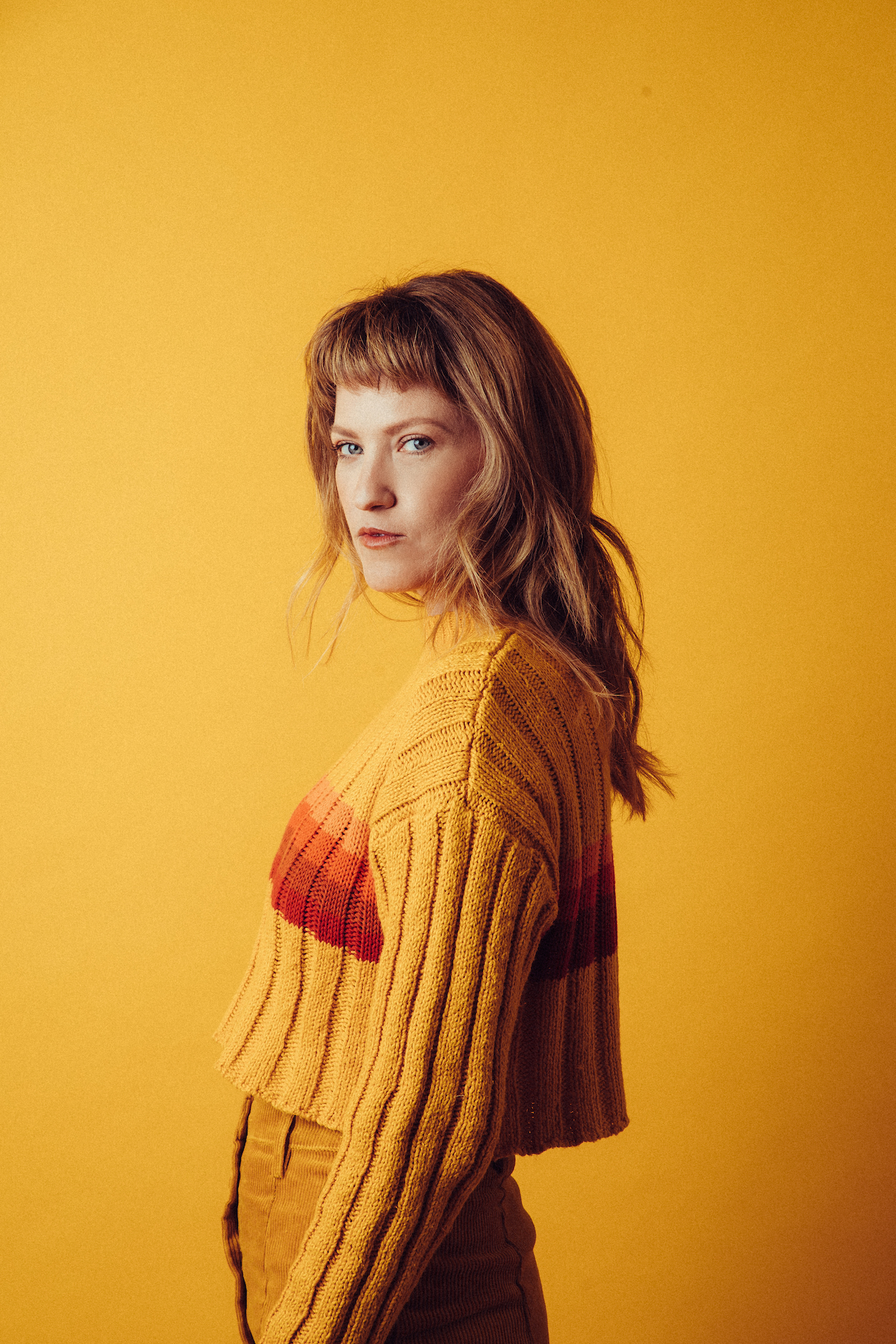What type of content do you primarily create?




I’m trying to finish writing a book — a memoir manuscript I’ve been working on for years — by my birthday at the end of September. But I was lagging behind schedule.
There’s a reason for that: I have three podcasts. I have Private Parts Unknown about love and sexuality around the world. It's an established show with a YouTube channel that has been dormant for a while, but the podcast is moderately successful. I also have The Bleeders, which is about book writing and publishing. It's about a year old, and I just launched a new YouTube channel for that show this summer. And I also have Podcast Bestie, my newest podcast that is a best friend to indie podcasters with craft and marketing advice and inspiration. That show launched in April, so it's a few months old and going very well. I want to launch a YouTube channel for that show this summer, too.
In mid-June, I had a come-to-Jesus moment. I realized that producing my three podcasts on a week-to-week basis was taking over my life, and I was never going to be able to meet my book-writing goal without making some major changes.
So I did. It was a lot of work, but I fell in love with the process I created — so much so that I intend to replicate it again in September and, ideally, continue on a quarterly basis. So I’m going to share it with you today as a case study for how you can efficiently produce podcast and video content while still having time for the other important things in your life.
Crafting a plan
At first, finding a harmonious balance between juggling multiple podcasts and nurturing other creative pursuits without compromising the quality and quantity of any seemed like mission impossible. But then I got practical and quickly came up with a plan.
I wanted to give myself two full months, July and August, to prioritize writing. That meant batching the whole rest of the summer's worth of content by the end of June, just two weeks later. Batching content is awesome because it allows you to stick to your release schedule, avoid last-minute rushes, and give any freelancers helping you plenty of runway. It also ensures you have plenty of time for other responsibilities and activities.
But I wasn’t going to have to just batch audio content. At this point, I’d recently started working with an assistant to help me with video editing so I could take advantage of YouTube’s much-hyped podcast discoverability. So that meant that in addition to batching a whole summer's worth of content for my three podcasts, I also had to batch enough video content to relaunch a dormant YouTube channel for one of my shows and launch new YouTube channels for the other two.
 |
Booking guests and conducting interviews
Luckily, I’d built up a huge backstock of interviews for all my shows this spring, so I already had everything I needed in the can. On the next go-around, I plan to do as much guest booking as possible on Friday, September 1st, sending out interview requests to people I’m currently earmarking in my Instagram saves and Twitter bookmarks as I come across them during my social media scroll. I’ll start interviewing after Labor Day, on Wednesday, September 6th, and continue for two or two and a half weeks until I have everything in the can. I aim to be done with interviews no later than Friday, September 22nd.
Interview cutdowns in Descript
In addition to my new video editing assistant, I have someone (the wonderful Michael Castañeda) who does mixing and mastering for my podcasts, handling all the nitty gritty sound design and audio cleanup type stuff. But I do all of my own content and first-round editing for all three of my shows, which meant I needed to complete the following from mid-to-late June:
Private Parts Unknown
- 9 audio cutdowns
- 5 ads and 1 promo
- 3 feed swaps
- 13 video cutdowns
The Bleeders
- 9 audio cutdowns
- 9 video cutdowns
Podcast Bestie
- 7 audio cutdowns
- 15 video cutdowns
Yikes, that’s a lot. That’s what I thought when I listed it all out, so I tried to strategize further to determine what was essential.
Private Parts Unknown
I have advertising obligations and an eager audience that I’m trying to grow even more for Private Parts Unknown, so I didn’t want to make any adjustments to that show.
The Bleeders
I don’t have traditional sponsorships for The Bleeders at the moment, so I had more wiggle room to come up with a creative solution for that show. First, I assessed my objectives: I have a cool literary community forming around that podcast, so I wanted to keep those listeners engaged instead of just ghosting on the feed (which doesn’t look great when you’re trying to sell a book). The Bleeders is also a great way for me to network and connect with other writers, so I wanted to release their episodes before they got stale. But I don’t owe anyone any ads for that show; I only run programmatic ads through Spreaker, so I had the leeway to adjust the length.
On the audio side, which is where my existing audience is, I decided to do short episodes (aka “Shorties”) for a series I’m calling “Summer School.” The full interviews are exclusive to YouTube for now, which gives listeners an incentive to become viewers — a better approach than just duplicating the content. I thought this was an excellent win-win solution. And I plan on releasing the full audio-only episodes in the fall, which will help me stretch my content for that show even further.
Podcast Bestie
For Podcast Bestie, there were a few things I couldn’t batch: I knew I would have to deal with ads as they come in over the summer, and I wanted to make sure the intros and outros were timely. But I could still get through all of my cutdowns to work as far ahead as possible. And to extend the season through September, thus further lightening my week-to-week workload, I opted for a staggered release cadence. I planned to post new episodes on YouTube first and then follow each one up with its podcast version the following week — again, this strategy aimed to keep my podcast feed alive while also providing exclusive content for the YouTube channel to entice existing listeners to become viewers, as well.
How Descript sped up my process
I edit my audio and video cutdowns separately so that I can best tailor the content to the medium. For example, viewers are much more tolerant of filler words than listeners. (It’s also relevant to note that editing video is faster for me than editing audio, which factored into my strategy above.)
Regardless of the format, I use Descript for all my editing. Before this amazing technology, I was a producer who did paper edits — a highly inefficient system of post-scripting an episode in Google Docs by copy-and-pasting a transcript, indicating cuts with strikethroughs, etc. Now I can do all that work in Descript, directly editing the transcript instead of making someone else a map. It gives me more control and saves the people I work with and me so much time. The old system now feels like the dinosaur days of podcasting, but that’s what we were doing on professional jobs!
Anyway, I buzzed through the cutdowns outlined above in mid-to-late June — 71 separate pieces of content. I stayed laser-focused on getting through at least five cutdowns a day. Next time I’m going to try to do more editing immediately after the interviews, and I’m also reserving the last week of September as an editing extravaganza for my fall content.
Finishing touches
As I finished the cutdowns, I handed the audio versions off to Mike to do mixing and mastering and the video versions off to Matt to put the finishing touches on the videos and pull social clips. You can learn more about Matt’s process here.
Then I switched my focus to recording and editing tracking for Private Parts Unknown and The Bleeders and giving notes on rough cuts as they came in.
And I was able to get everything done by June 30th! All the heavy lifting, at least. I still have a few outstanding tasks: I have to review some things as final edits come in, make assets in Canva, write episode descriptions (though I'm going to use AI for help with that), and schedule them for release. I’ll also have tracking for Podcast Bestie every two weeks.
But I dramatically reduced the amount of time that I have to touch and be invested in podcast production each day, and thus my main task can be writing. I’m now a week into July and feel so free and writer-focused — it’s glorious. Not to mention, I’ve never been this far ahead on my podcast content before, which is really helpful for promotion and marketing purposes.
Parting lessons
So that’s how I batched a summer's worth of content and launched (or relaunched) three YouTube channels in just two weeks. It’s been a game-changer for me. It has allowed me to prioritize my writing while maintaining my podcast feeds and expanding my podcast presence to YouTube, a holy grail for podcast discoverability.
Plus, I unlocked a whole new level of efficiency through the magic of batching content and discovered it’s my preferred way to work, especially since my two primary art forms — podcasting and writing — require very different energies and headspaces. I’ve found it’s most helpful to focus hard on one area at a time and have the other in the background and then switch and do vice versa. I'm definitely going to do this again in September and try to replicate this system quarterly as I move forward.
If your podcast and/or YouTube channel is getting in the way of other things you want to prioritize in your life, but you don’t want to quit, you can implement a batching system like this too.





























%201.svg)



















.jpg)
